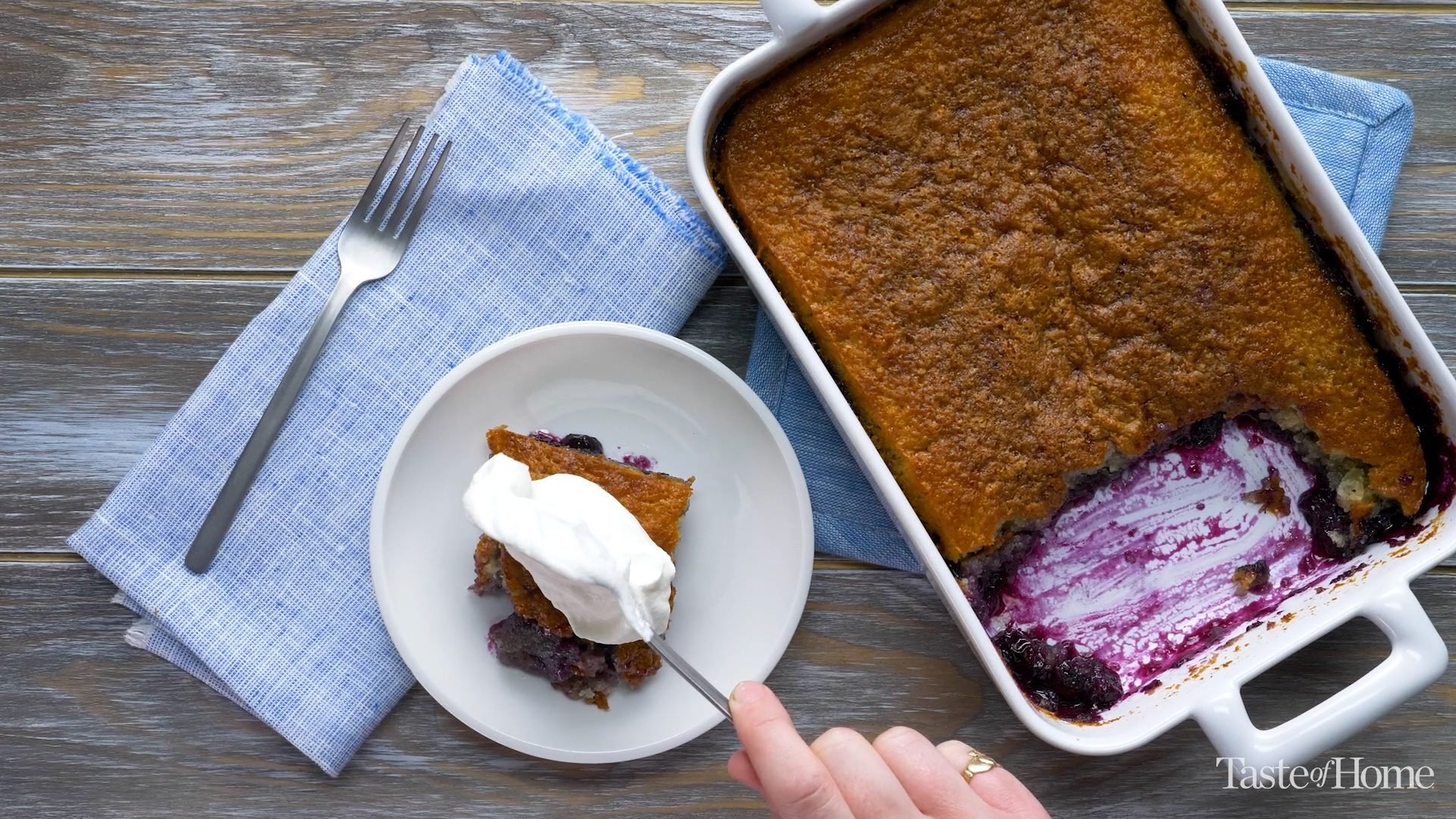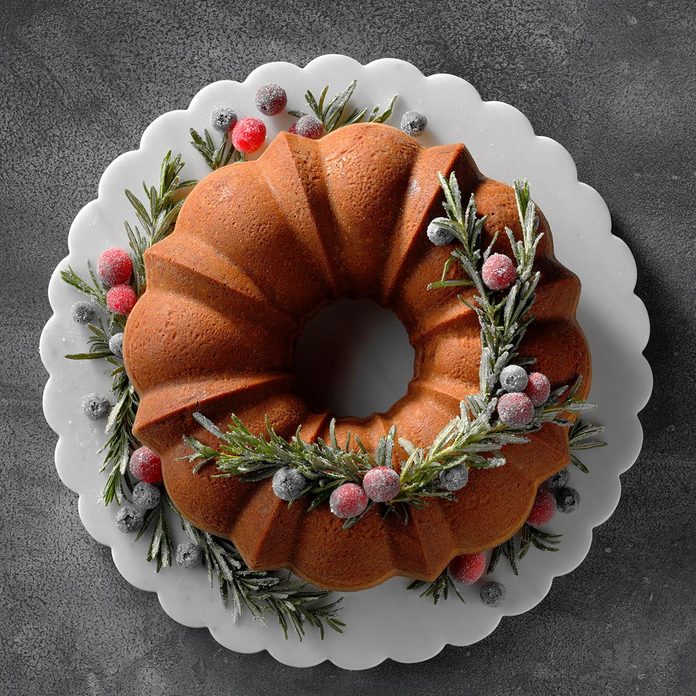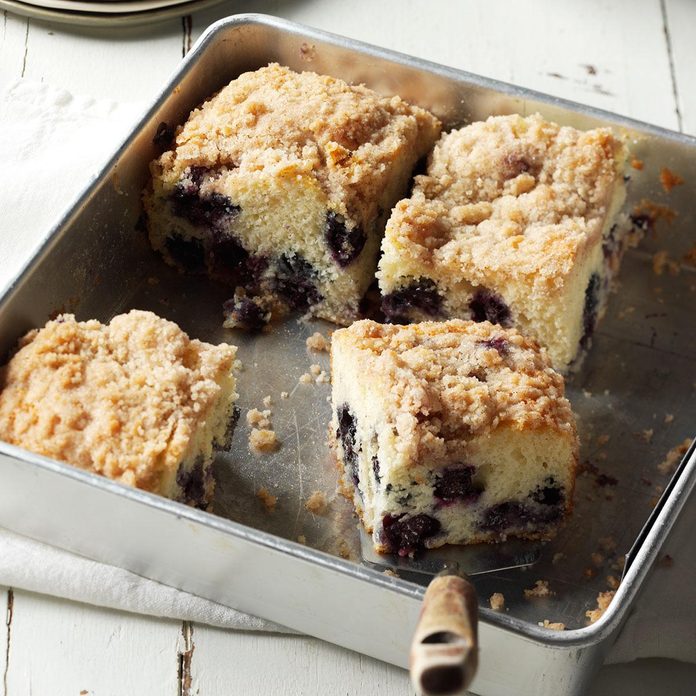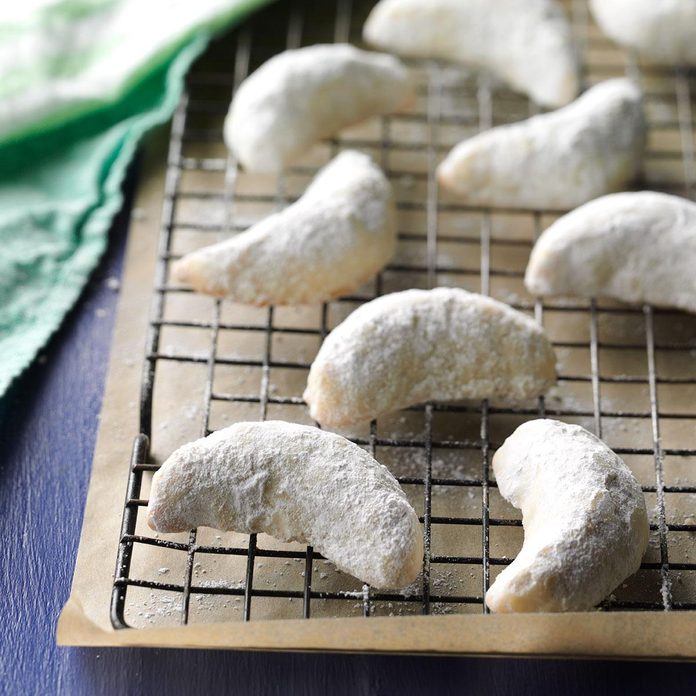
When it comes to baking, we all have our favorites. Many of us are loyal when it comes to the brands of vanilla we buy and have a preferred bag of chocolate chips. You likely even have a preferred brand of butter (even if that’s just whatever’s on sale!). But are you choosing the right kind—we’re talking salted vs. unsalted butter—for your favorite recipes?
Salted vs. Unsalted Butter
The difference between the two kinds of butter is obviously salt. Unsalted butter is all cream, while the salted variety has some salt added, though the amount varies from brand to brand.
Because salt is a preservative, salted butter has a longer life in the fridge—typically around five months while unsalted usually is good for about three. (It’ll also keep on your counter if you follow these rules.) In addition, this means that when you visit your supermarket, chances are the unsalted variety is a bit fresher.
Butter keeps well in the fridge, but can you freeze butter?
When Should You Use Each Kind of Butter?
If a recipe specifies salted or unsalted butter, that is the type you should reach for. However, if no type is specified, there are a few guidelines to consider.
When to Use Unsalted Butter
Unsalted butter is most commonly called for in baking recipes. Unsalted butter has a very neutral, creamy flavor—a great base for many baked goods.
In baking, precise measurements are key for achieving the right flavor and texture. This even extends to small amounts of ingredients like salt. Because you can’t be sure of the exact level of salt in each brand of butter, baking recipes are typically formulated with unsalted butter in mind and then require you add a particular measurement of salt.
That means whether you use European butter, generic butter or whatever brand you choose—as long as it’s unsalted—the recipe will turn out the same.
In general, if you see a baking recipe that calls for an unspecified type of butter and salt, it’s safe to assume you should opt for unsalted butter.
When to Use Salted Butter
Salted butter has ample uses in your kitchen. Because salt helps bring out the flavor in foods, it’s a welcome addition in almost any dish.
Use salted butter when composing sauces, sauteeing veggies, topping your morning toast or even making the perfect Thanksgiving turkey. The touch of salt in the butter will really help accentuate all of these flavors. Unsalted butter would provide the fat you’d need in these cases but not that extra flavor.
Really, you can use salted butter in any savory application or when using it as a spread. That’s right: Salted butter should be your go-to for your butter dish or butter bell.
Is Salted Butter Better Than Unsalted?
Now, if you’re wondering if one butter is better than the other, the answer is no. Both salted and unsalted versions are useful in cooking and baking. They are both equally delicious and make for rich, delectable recipes.
What Happens if You Use Salted Butter Instead of Unsalted?

If you’ve got your heart set on making a particular dessert that calls for unsalted butter and you only have the salted variety, don’t let that stop you from preheating your oven.
You can definitely use salted butter and unsalted interchangeably. If a recipe calls for unsalted butter and additional salt, just use a little less of the salt that the recipe calls for. That’s the only tweak you need to make!
Now that you know the key differences and uses for these kinds of butter, you might just be buying an extra box or two. So keep this info—as well as some of Grandma’s best butter tips—in mind next time you shop.
Try These Irresistible Buttery Desserts









